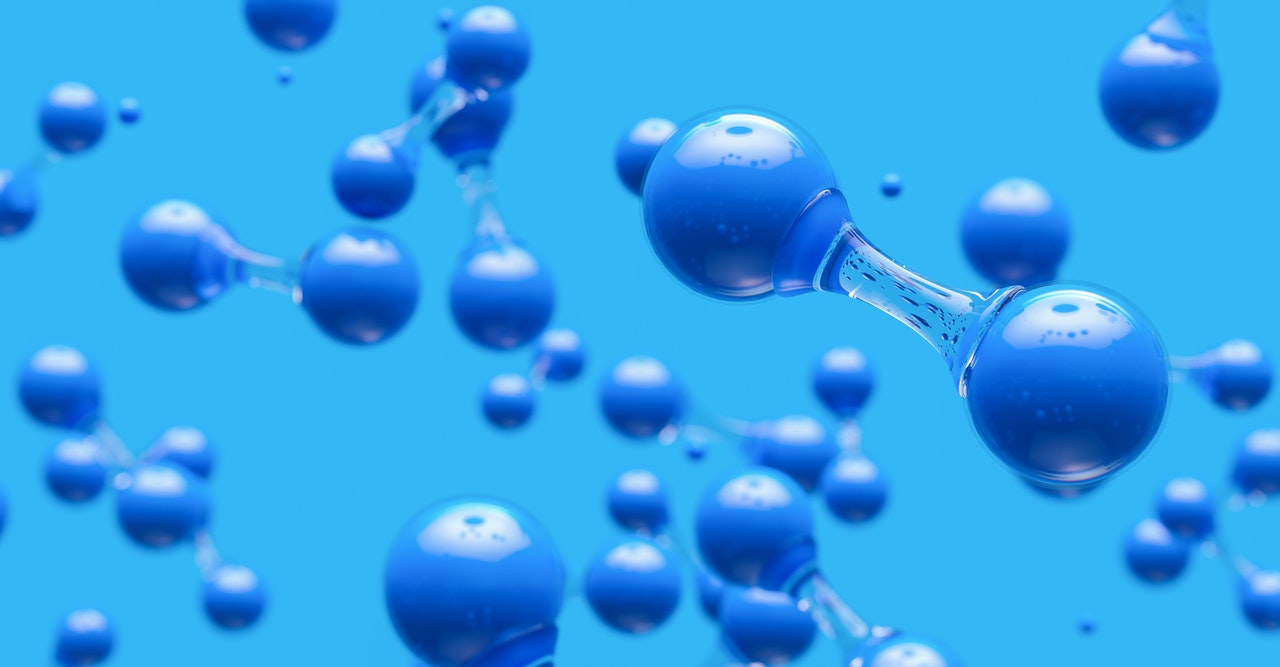A European group is working on a revolutionary method that would convert carbon dioxide and green hydrogen into clean energy products such as methane gas and methanol liquid fuel using sunlight and LEDs.
The consortium, dubbed ‘SPOTLIGHT,’ is developing a chemical method as well as a photonics device to convert carbon dioxide and green hydrogen into the chemical fuels methane and carbon monoxide as a starting material for making methanol liquid fuel, according to Photonics21.org.
The SPOTLIGHT collaboration hopes to process up to one megaton of carbon dioxide per year with their novel device, making them complimentary to current large-scale carbon capture and utilization systems.
While liquid methanol is used to provide safe, clean energy for automobiles, wind turbines, and energy storage applications, it is typically produced by reforming natural gas with steam and then converting and distilling the resultant gas mixture into pure methanol. Typically, a ‘alkali hydroxide–based system’ is used to convert carbon dioxide into a useful product such as methanol.
According to Nicole Meulendijks, project coordinator at SPOTLIGHT, climate change, one of the most pressing social concerns of our day, may be addressed using light technology by converting greenhouse gases that trap heat near to the Earth into something valuable.
The consortium’s goal is to develop and validate a photonic device and chemical process concept for the sunlight-powered conversion of CO2 and green H2 to chemical fuel methane (CH4, Sabatier process) and carbon monoxide (CO, reverse water gas shift (rWGS process) as starting material for the production of chemical fuel methanol (CH3OH). Both CH4 and CH3OH are compatible with today’s infrastructure and suitable for a variety of uses such as automotive fuel, energy storage, and as a starting material for the production of valuable chemicals.
The photonic device developed by SPOTLIGHT will have a transparent flow reactor designed for light incoupling in the catalyst bed. It will also have secondary solar optics to focus natural sunlight and project it onto the reactor, as well as an energy-efficient LED light supply to assure continuous 24/7 operation. The SPOTLIGHT catalysts will be plasmonic, capable of absorbing the complete sunlight spectrum.
The chemical processes described by SPOTLIGHT may be scaled up to offset CO2 emissions from tiny to medium ‘point sources,’ or sites that generate less than one megaton of CO2 per year.
According to Meulendijks, there are around 11,000 carbon dioxide “point sources” globally with emissions less than 1 Mt/year. When all of these point sources are added together, they produce around 2.7 billion tons of CO2 per year, accounting for approximately 16 percent of all CO2 emitted by point sources worldwide. So, the process we propose at SPOTLIGHT has the potential to transform 2.7 billion tons of CO2 per year into viable chemical fuels.

